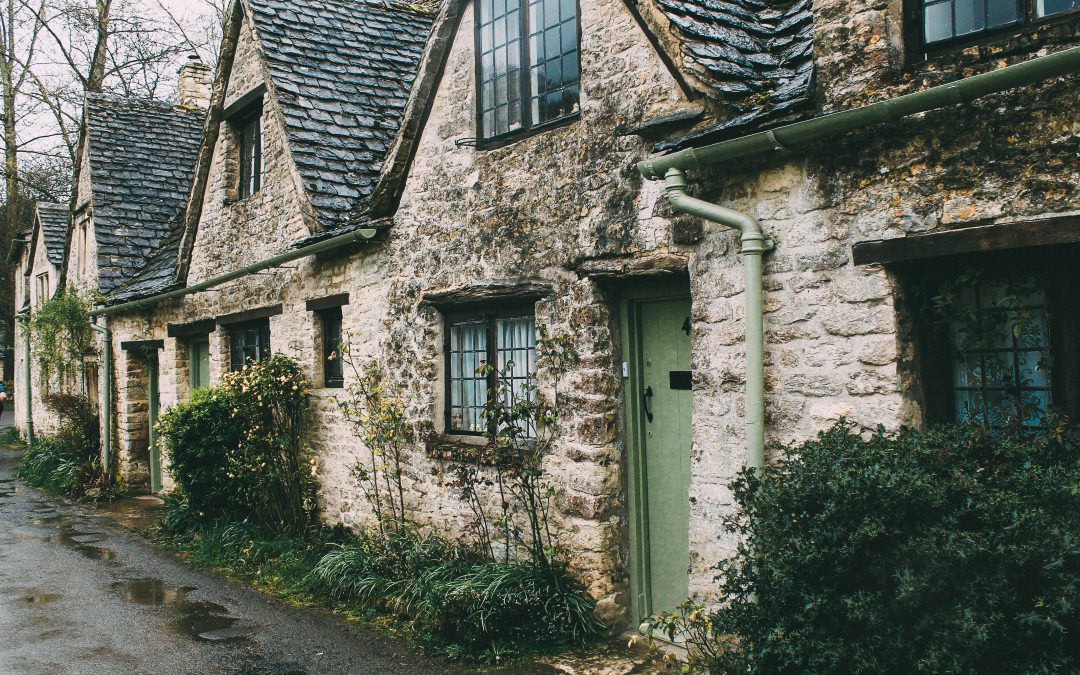The Residence Nil Rate Band (RNRB) will be introduced from 6th April 2017, in addition to the standard Nil Rate Band (NRB), and has been designed to help protect the family home from Inheritance Tax (IHT).
We know that a lot of people will be affected by this change, so Magenta has summarised some of the key points about this new exemption below:
- The RNRB will be transferrable between spouses on death in the same manner as the current NRB. Both RNRBs will be available if second death occurs after 6th April 2017, irrespective of the date of first death.The RNRB will start at £100,000 per person, increasing by £25,000 each year until it reaches £175,000 in April 2020. Thereafter, the RNRB will increase in line with the Consumer Prices Index (CPI).
- This new RNRB is in addition to the standard NRB of £325,000 per person.
- The RNRB will only be available where the property, or assets of an equivalent value (see below), is passed to direct linear descendants, for example children or grandchildren*.
- The RNRB can only be used up to the value of a home owned and occupied by the deceased, although it could also be used against other assets of equivalent value to the home in the event of the home being downsized or sold entirely before death.
- The RNRB will be reduced by £1 for every £2 that the estate is in excess of £2 million. Unlike the standard Nil Rate Band, usually exempt assets, such as those that qualify for Business Property Relief or other reliefs, will be included in the value of the estate for this purpose.
*Please note: Special care should be taken if your Will includes a Discretionary Will Trust, as this could mean the RNRB can not be applied. Legal advice should be obtained.
To help illustrate how the RNRB will work in practice we have put together two working examples below:
EXAMPLE 1: FRED
Fred is widowed and lives in a house valued at £400,000. He dies in October 2017, leaving his home to his three grandchildren.
- Fred’s grandchildren are able to claim £200,000 RNRB, comprising a full allowance of £100,000 for both him and his late wife.
- The remaining £200,000 of the property value will be considered within the usual Nil Rate Band, along with his other assets.
EXAMPLE 2: JANE
Jane is also widowed and lives in a house valued at £180,000. In May 2017, Jane downsizes her home to a property valued at £100,000 but dies shortly afterwards, in June. She leaves all of her assets, including her new home, to her daughter, Jenny.
- On Jane’s death, Jenny would be able to claim £180,000 of the RNRB for the estate, comprising Jane’s own allowance and some of that of her late husband.
- Although the claim has been capped based on the value of the property, the assessment has been made on the value of Jane’s old home, taking account of the recent downsizing.
- Her other assets will be considered separately against the usual Nil Rate Band.
The RNRB is complex and there are many elements to consider based on your personal circumstances; however, the introduction provides significant opportunities for further Inheritance Tax mitigation within your overall Financial Planning.
Please do contact us if you wish to discuss how this may impact on your estate or for further details.

